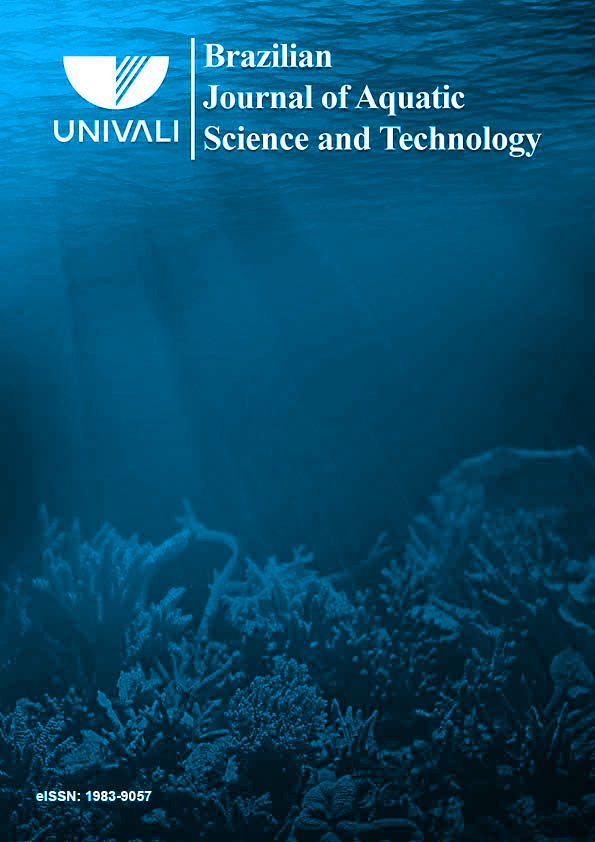CREATION AND MAINTENANCE PROCESSES OF MALACOLOGICAL COLLECTIONS OF CEPHALOPOD BEAKS
DOI:
https://doi.org/10.14210/bjast.v26n1.17226Resumen
The cephalopods have in their mouth a pair of chitinous beaks used to cut their prey. The identification of these beaks is diagnostic for species and considered a difficult task, although very useful in the identification of species and their ecological inferences. This work aimed to create and maintain a didactic collection of cephalopod beaks. The curation process involved since the preparation of the preserving liquid and bottles to the choice and identification of the specimens. It was chosen to keep the collection stored in a humid way, in 80% vol. alcohol and 5% glycerin. A total of 562 beaks, from 50 taxa from different sources along the Brazilian coast, were identified from stomach contents of predators, scientific collections and commercial fishing. Although the available bibliography on curating biological collections, the lack of specific material on malacological collections, especially on cephalopod beaks, makes the curation process more difficult, hence the importance of organizing scientific and educational collections for these purposes.
Keywords:Â Cephalopoda; beaks; curation; species identification.
Descargas
Publicado
Número
Sección
Licencia
Autores que publicam nesta revista concordam com os seguintes termos:
- Os Autores mantém os direitos autorais e concedem à revista o direito de primeira publicação, com o trabalho simultaneamente licenciado sob a Creative Commons Attribution License que permitindo o compartilhamento do trabalho com reconhecimento da autoria do trabalho e publicação inicial nesta revista.
- Autores têm autorização para assumir contratos adicionais separadamente, para distribuição não-exclusiva da versão do trabalho publicada nesta revista (ex.: publicar em repositório institucional ou como capítulo de livro), com reconhecimento de autoria e publicação inicial nesta revista.
- Autores têm permissão e são estimulados a publicar e distribuir seu trabalho online (ex.: em repositórios institucionais ou na sua página pessoal) a qualquer ponto antes ou durante o processo editorial, já que isso pode gerar alterações produtivas, bem como aumentar o impacto e a citação do trabalho publicado.

